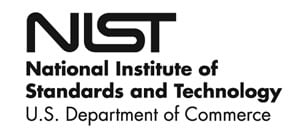RSS feed source: US Computer Emergency Readiness Team
Summary
Note: This joint Cybersecurity Advisory is part of an ongoing #StopRansomware effort to publish advisories for network defenders that detail various ransomware variants and ransomware threat actors. These #StopRansomware advisories include recently and historically observed tactics, techniques, and procedures (TTPs) and indicators of compromise (IOCs) to help organizations protect against ransomware. Visit stopransomware.gov to see all #StopRansomware advisories and to learn more about other ransomware threats and no-cost resources.
The Federal Bureau of Investigation (FBI), Cybersecurity and Infrastructure Security Agency (CISA), Department of Health and Human Services (HHS), and Multi-State Information Sharing and Analysis Center (MS-ISAC)—hereafter referred to as “the authoring organizations”—are releasing this joint advisory to disseminate known Interlock ransomware IOCs and TTPs identified through FBI investigations (as recently as June 2025) and trusted third-party reporting.
The Interlock ransomware variant was first observed in late September 2024, targeting various business, critical infrastructure, and other organizations in North America and Europe. FBI maintains these actors target their victims based on opportunity, and their activity is financially motivated. FBI is aware of Interlock ransomware encryptors designed for both Windows and Linux operating systems; these encryptors have been observed encrypting virtual machines (VMs) across both operating systems. FBI observed actors obtaining initial access via drive-by download from compromised legitimate websites, which is an uncommon method among ransomware groups. Actors were also observed using
Click this link to continue reading the article on the source website.


